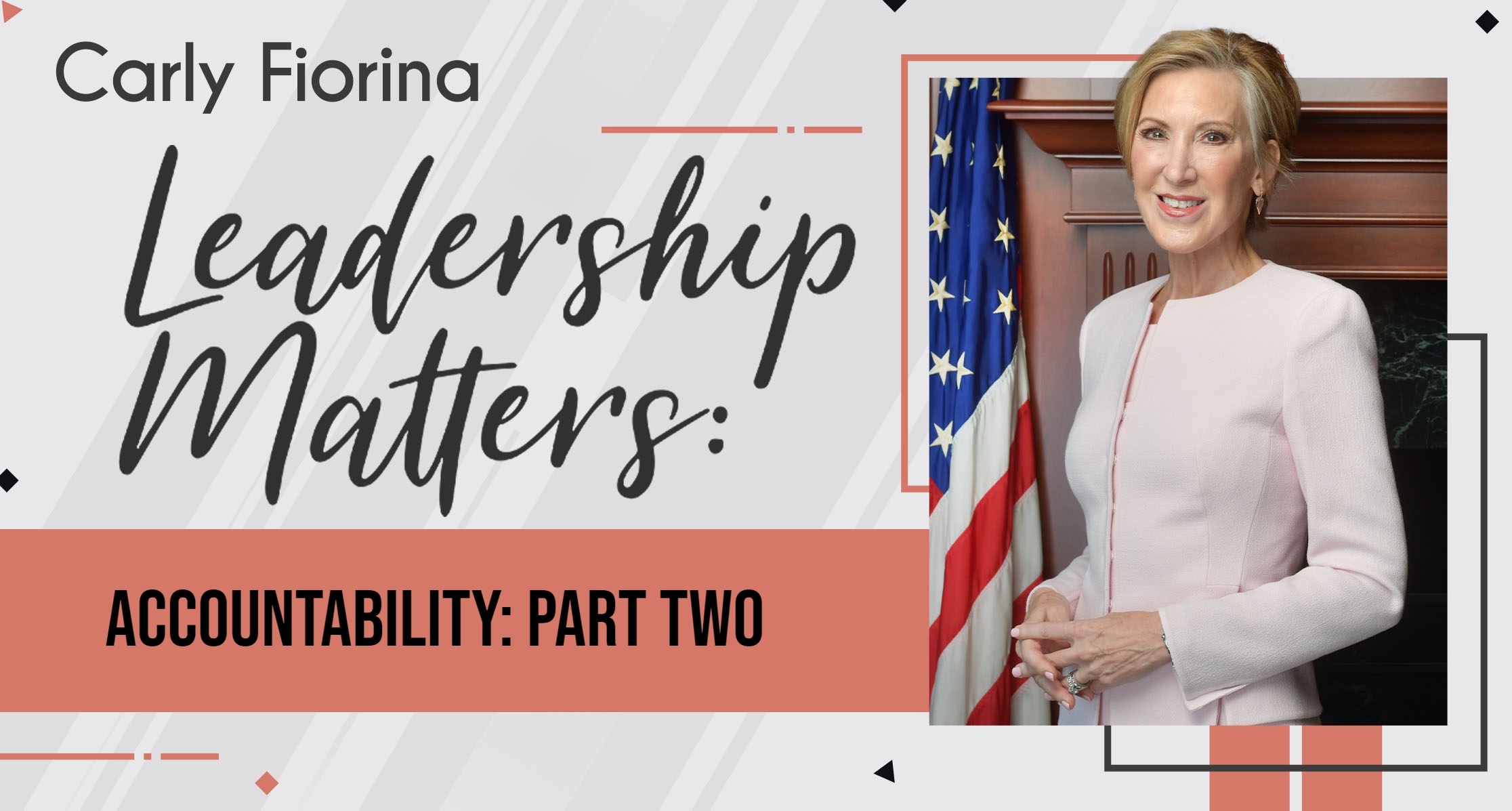
Are You Confused by Leadership?
One of the most difficult and confusing things about leadership is the leader is not the point. Leadership is not about you. A leader may be the catalyst to change things for the better. A leader may be the key to unlocking others’ potential. A leader may get praised for a job well done or criticized for the tough choices necessary to get those things done, but in the end, leadership is about service to something beyond your own ambition.
There is nothing wrong with ambition. Quite the contrary. The ambition to get better and achieve more can motivate us to tackle the tough problems, take the necessary risks, and stretch ourselves and those around us to learn and grow. There is nothing inherently wrong with looking around and striving for a promotion to increased responsibilities, influence and recognition. Leaders get off track when the desire for promotion, or for praise and recognition, becomes their purpose. Leaders get off track when their ambition to “get ahead” consumes their ambition to make a difference.
Think about someone you know who is focused first and foremost on climbing the next rung in the ladder. It doesn’t matter what the context is: big business, small business, not-for-profit, government or politics. Is this person likely to tackle a tough problem or play it safe? Is this person likely to bring up difficult issues, or tell people what they want to hear? Is this person challenging the status quo or do they tend to stick to the script and stay in their lane? Is this person focused on others or focused on themselves? Do they take credit for themselves or share credit with others?








